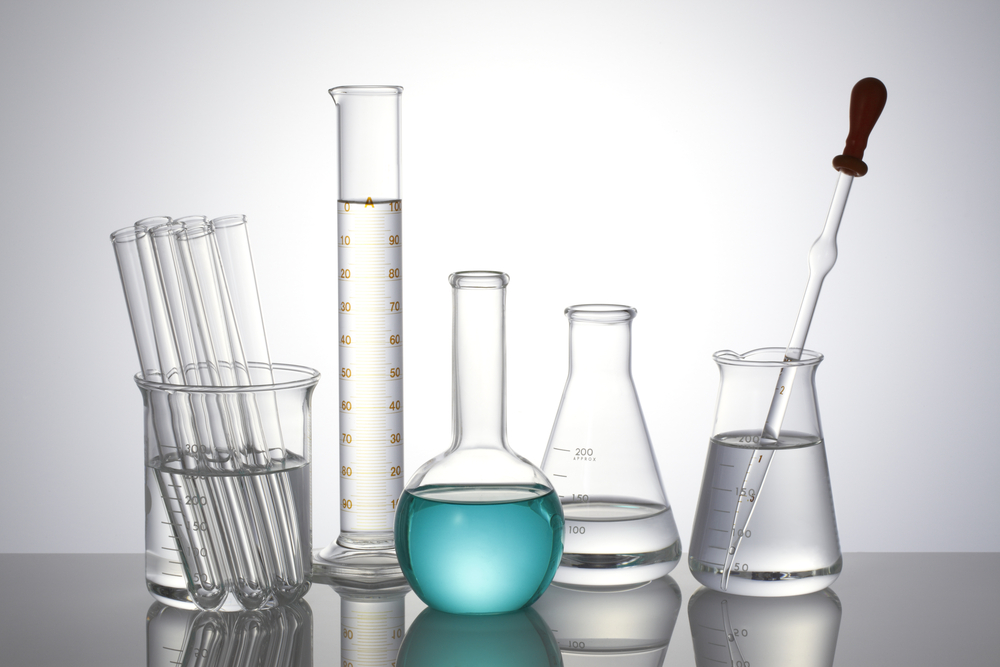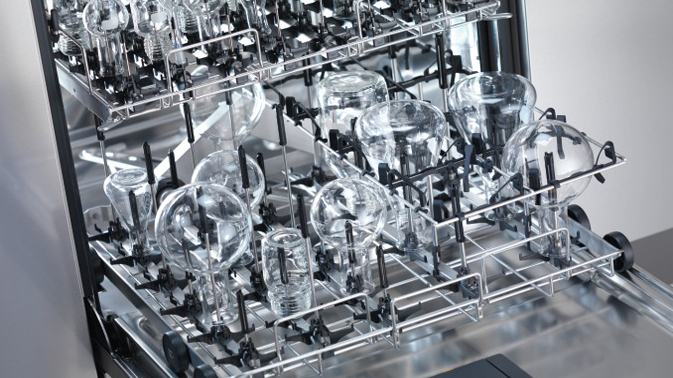You just finished your latest experiment in your laboratory, and it is time to clean up your laboratory equipment Malaysia. You can’t just rinse them with water in a sink and call it a day now, would you? Especially if they were filled with other chemicals before, which depending on the type, calls for different cleaning methods.
How frequently must you clean your lab equipment?
It is advisable to clean on a regular schedule, as it will render the lab safe and efficient. Who wants to use lab equipment on the next day only to find residues of powders and chemical leftovers? It is not only messy, but also potentially harmful if it mingles with other new chemicals by accident. Bi-weekly, all equipment must be inspected and cleaned, benches must be dusted, biohazard waste containers must be emptied out safely from biosafety cabinets, and last but not least, the floor needs sleeping.
Clean your equipment every time you finish using them. Equipment surfaces should be wiped daily.
Glassware

Usually, detergent like Liquinox or Alconox is designed for one glassware, and is used alongside tap water. Both aren’t always necessary, however, since you can simply rinse glasswares with a proper solvent, followed by distilled and deionized water respectively. Any old reagents and samples should be disposed of accordingly. For example, insoluble chemicals must be rinsed twice to thrice with ethanol or acetone, then further rinsed three to four times with deionized water.
Strong acids and bases require the use of a fume hood to put your glassware under, then rinse it three to four times with deionized water.
Sometimes you may use special glassware for today’s experiment. For any that were used for organic chemistry, the proper solvent must be used. Deionized water is for water soluble contents, ethanol for ethanol soluble, then rinsed with deionized water. If you need to scrub the glassware, use a brush with hot soapy water, rinse thoroughly with tap water, and then with deionized water.
Burettes should be washed with hot soapy water followed by three to four times of rinsing with deionized water.
Pipettes and volumetric flasks need to be soaked overnight in soapy water, then cleaned with the warmer version and later scrubbed. The glassware should be rinsed with tap water, followed by three to four more times with deionized water.
When it comes to drying glassware, never use fiber towels or forced air as it can introduce contaminants to the solution.
Freezer

A lab freezer should be defrosted as it not makes picking up samples easier, it also saves energy since excess ice means requiring more power to regulate temperature. Be sure to put bins at the bottom to collect water from melted ice.
Microscope

Clean a microscope with a 70:30 mixture of ether and alcohol. The device should be regularly clean to yield accurate results.
Lab scale

To ensure that a lab scale consistently yields accurate weighing measurements, debris should be removed from its platform as soon as possible. Otherwise, it can impact the longevity and accuracy of the balance itself.
Dishwashers and ultrasonic cleaners

Finally, if your lab has either or both of these tools, that is also a good start. Dishwashers use high temperatures to clean glassware and often include certain lab accessories such as petri dishes and test tubes. They are also designed to prevent cross contaminations between wash and rinse.
Ultrasonic cleaners use sound waves to remove dirt from glassware. The waves can clean out particles when combined solutions, though flammable or those with low flash types should not be used to prevent ignition of the cleaners.
